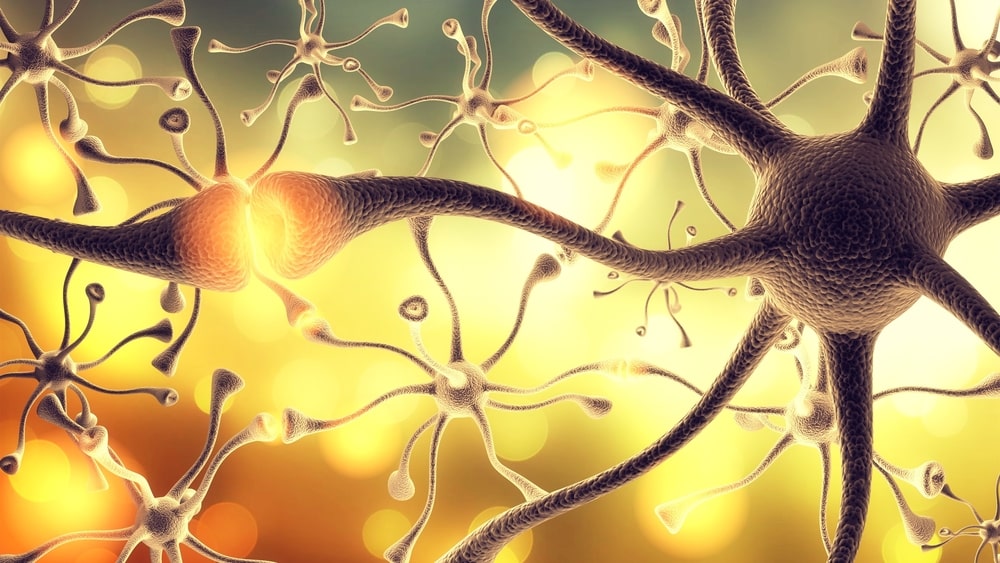Let’s talk about brain facts!
The brain tells us what to do, what to say, how to act, and what to think. It even remembers the faces of strangers on the street and wraps them up in our fears and worries, dorns them with a party hat, and throws in some angry dogs, creating a strange scenario to disturb our sleep.
We depend on this organ to learn and live, but much about it remains as mysterious and unknown to us as the inside of a black hole. To say that the human brain is complex would be an understatement. We describe it like this, but the truth is that we won’t probably know everything about how the brain works.
But we do know some brain facts that help us understand this organ better. Some facts are surprising, some are scary, and some are revelatory. In this article, we’ll round up some of the most recent brain facts scientists have discovered, so let’s get started!

1. Angry dreams
People can experience many emotions while sleeping, anger being one of them. Experts discovered that, by analyzing brain activity, they could figure out whether or not a person had angry dreams.
A team of researchers examined brain regions known as frontal lobes, which help solve problems and control the expression of emotions. According to the findings, asymmetrical activity in this part of the brain before and during sleep could indicate that a person had angry dreams.
When we relax our body and mind, the brain produces alpha brain waves that oscillate between eight and 12 hertz. If there’s a mismatch in alpha activity—the more alpha brain waves generate, the less that area of the brain is working—between the two frontal lobes, which shows that the person is trying to control their anger.
So here’s one of the most interesting brain facts discovered recently: After analyzing these brain waves in 17 individuals who spent two nights in a sleep laboratory, the team of scientists discovered that something similar occurs in the brain while the person is asleep. Participants with greater frontal alpha asymmetry while sleeping reported experiencing more angry dreams.
2. The idea of death
Death is as natural a phenomenon as love and life. But do we have brain facts that explain how the human brain perceives death? Now we do!
According to a recent study, our brain blocks out the idea of our demise, making us unable to accept that one day we won’t be here anymore. The brain constantly uses old information to foresee what will occur in similar scenarios in the future, so the brain should be able to predict that you’ll die one day.
However, new brain facts show that this isn’t the case. It turns out that something about the idea of our death disrupts this mechanism in the brain. A group of experts figured this out by analyzing how the brains of 24 people responded when pictures of their faces were shown next to words related to death.
Brain activity measurements revealed that the brain’s prediction mechanism broke down when it came to the possibility of the person’s death. It’s still unclear why this happens, but according to some scientists, a too-sharp awareness of one’s impending doom would reduce the chances that the person would want to procreate, as fear would prevent them from taking the necessary risk to find a partner.
3. Magnetic field
One of the most interesting brain facts recently discovered revolves around the ability to sense our planet’s magnetic field. Some animals use the invisible magnetic field wrapping around our planet as a natural navigation system. But it turns out that some people might be able to sense our planet’s magnetic field too, though it’s not clear why.
In a recent study, a group of scientists scanned the brains of 34 people who were instructed to sit in a dark test room with an artificial magnetic field. Brain analysis indicated that four of the 34 people showed a strong reaction to a change in the magnetic field from northeast to northwest—but not the other way around, though.
Those four participants showed a decrease in a brain wave, suggesting that the brain detected a signal, likely a magnetic one. It’s still a mystery why some people’s brains reacted this way while others didn’t. It’s also not clear how the brain was able to detect such signals.
However prior studies have found brain facts that confirm this complex organ contains many tiny magnetic particles, which might have something to do with it.

4. Brain half missing
One of the most interesting brain facts we know so far confirms the brain has a remarkable ability to adapt and change. A new study looked into a small group of people who had half their brains removed during childhood to reduce epileptic seizures. Researchers analyzed the brains of six adults who had undergone this type of surgery and compared them with others whose brains were intact.
According to the findings of this study, these people functioned just fine despite missing an entire half of their brains. Why? It turned out that the remaining half of the brain had strengthened.
Brain scans showed that among participants with only one brain hemisphere, brain parts involved in the same network worked together just as they did in those whose brains were intact.
Experts also discovered that connectivity between regions of different brain networks was stronger in people who had a hemisphere removed, which indicates that the brain can adapt and compensate for the loss of a large part of itself.
Keep reading to discover other brain facts!
5. Lonely Antarctic expeditions
Humans are social beings, and loneliness can take a toll on the brain. The research found that nine explorers who spent over 12 months in the emptiness of Antarctica left with slightly smaller brains. A team of scientists compared brain scans of the explorers’ brains before they went on the expedition and after they returned to society.
They discovered that regions of the brain, such as the hippocampus, which is where memory and learning processes take place, had less volume after the explorers returned. Moreover, the participants had decreased levels of brain-derived neurotrophic factors, a protein that supports the survival and growth of new neurons and is necessary to create new connections in the brain.
Now, we’re waiting for new brain facts because the experts are trying to figure out ways—such as virtual reality or exercise routines—to help prevent brain shrinkage when individuals find themselves in such lonely, unstimulating settings.
By the way, if you want to learn more about brain facts and neuroscience, this book is the perfect introduction to the wonderful world of the human brain.

6. Learning a new language
One of the most interesting brain facts we’ve recently learned is that the human brain needs storage equivalent to that found on a floppy disk to master your native language, according to a new study.
An average English-speaking adult will likely need to learn around 12.5 million bits of information related to the language. That would be 1.5 megabytes of storage. (The researchers used the idea of “bits” just as an example, as the brain doesn’t store information in bits.).
It’s interesting to note that many of these millions of bits of language information have less to do with syntax and grammar than with word meaning. In the best-case scenario, in a day, an adult will remember between 1,000 and 2,000 bits of their native language, while in the worst-case scenario, they will remember around 120 bits per day.
7. Spinal fluid wash
No. 7 on our list of brain facts discovered in the past few years is something that will help scientists better understand what happens in our brains when we sleep. Researchers have known for a long time that the human brain is still active when we sleep and that this activity is very rhythmic, producing undulating waves of neuronal activity.
However, for the first time, experts found something else that is part of that rhythmic cycle: cerebrospinal fluid. This fluid surrounds the brain and spinal cord, protecting them at all times. Past research has indicated that it also cleanses the brain of toxic molecules while we sleep.
A team of scientists scanned the brains of 13 sleeping participants using a magnetic resonance imaging machine and discovered that cerebrospinal fluid indeed has a rhythmic flow during sleep. Brain activity quiets down, blood flows out of the brain, and cerebrospinal fluid flows in.
Moreover, this flow is so constant and predictable that it’s possible to tell whether a person is awake or asleep, just by looking at their cerebrospinal fluid.
Brain facts like this one might provide insight into how nightmares affect the brain and even the brain-related problems of aging.
If you liked our article on brain facts, you may also want to read Does TV Rot Your Brain? 5 Brain Myths Debunked by Science.














